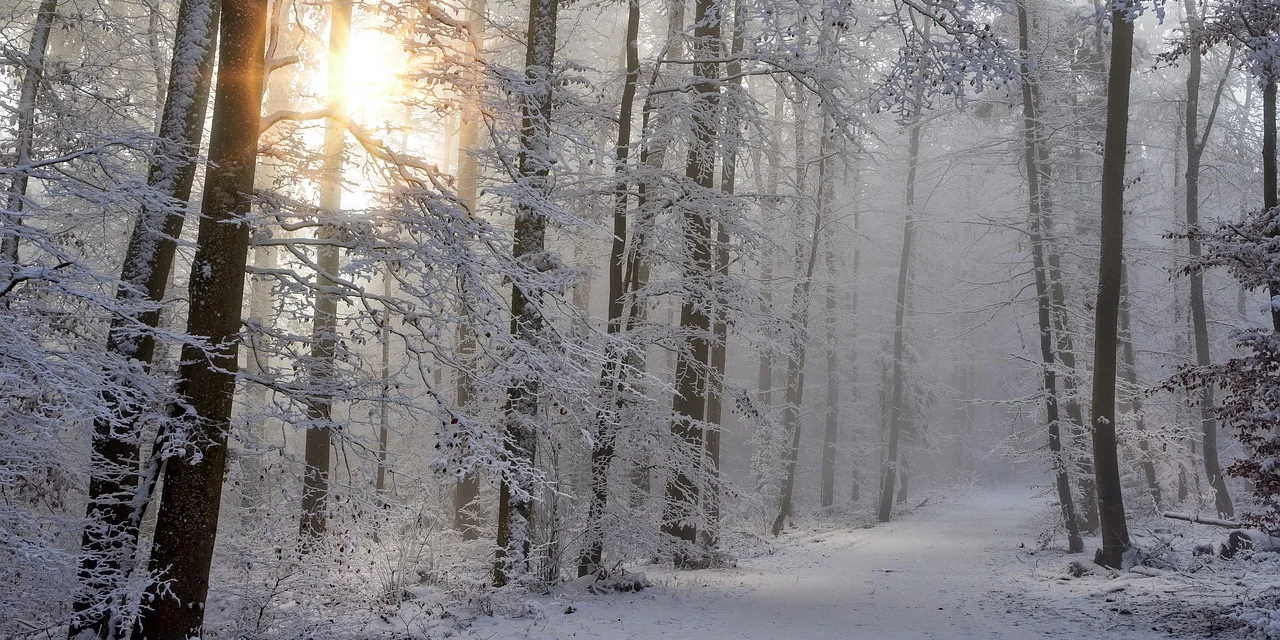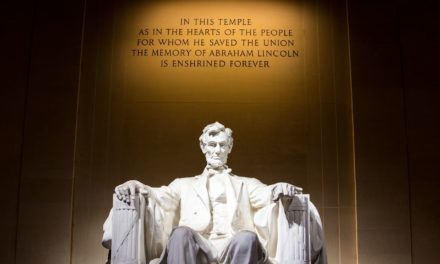Warming Up!
Chit-Chat
Share this chat with your bench-mate/classmates:
Where did you go for a picnic recently?
Ans: I went to the hill-station Lonavala, near Mumbai recently.
Who all accompanied you?
Ans: I was accompanied by my brother and two friends.
Why did you select that picnic spot?
Ans: I selected that picnic spot as it has beautiful and scenic views. Lonavala also has great weather.
What games/food/sights did you enjoy there?
Ans: We played games at a local stall such as ring toss, hit the clown, basketball hoops etc. We also enjoyed eating local delicacies such as chikki and sandwiches. We went to two scenic sights known as Lions Point and Bushi Dam.
What did you feel when it was time to return home?
Ans: I felt sad when it was time to return home as we had so much fun, I did not want the day to end.
1. Look at the picture and frame questions.
(a) Where are the trekkers trekking?
(b) What colour clothing are the trekkers wearing?
(c) What equipment are the trekkers carrying?
(d) How many trekkers are there in total?
(e) Is it morning or evening during the trek?
2. Form groups of 4 to 6 students. Every student should close his/her eyes. As the group leader reads aloud the following lines, the students try to create a picture in his/her mind. Later, each one gives a heading for each description.
(a) Bright blue sky – soft white clouds sweeping by – tiny specks of birds flying high – the sun playing hide and seek behind the clouds.
Heading: Perfect Day for a Picnic
(b) Miles of smooth barren land – sparkling sand stretched till the horizon, in wave – like forms – thorny, cacti propping here and there – an occasional cluster of palms provide a shady spot – a caravan of camels moving in a line, in the distance.
Heading: Waves of the Desert Sand
Such a figurative description that creates mental pictures, in the mind of the reader/listener is called Imagery. It is a poetic device that enhances the poem.
Compose in your group, a four to six line poem, which contains Imagery.
Answer:
The ocean waves jumped up and down
Blue azure water as far as the eyes could see
Beautiful dolphins played under the sun
Ocean creatures frolicked, all wild and free.
From the Chapter Pages
Where has the poet stopped?
Ans: The poet has stopped in the beautiful woods.
What season of the year is described here?
Ans: The season of the year described in the poem is Winter.
What time of the day is described here?
Ans: The time of day described in the poem is evening.
On what date every year is the darkest evening?
Ans: The date every year when it is the darkest evening is 21st December.
List the sounds mentioned in the poem.
Ans: The sounds mentioned in the poem are:
- Shaking of harness bells by the horse.
- Sweep of easy wind and downy flakes.
Why does the traveller have to leave the lovely woods?
Ans: The traveller has to leave the woods as he has promises to keep and miles to go before he sleeps.
English Workshop
1. Mark Statement True or False
(a) The speaker stops to watch rain falling among the trees.
False
(b) The owner of the woods is known to the speaker.
True
(c) The horse is worried about the cold and wants to keep going.
True
(d) The speaker doesn’t emphasize upon the beauty of woods, he is passing through.
False
2. Find out line/lines from the poem as a proof for the following explanation.
(a) There is no one to catch the speaker trespassing.
Ans: He will not see me stopping here, To watch his woods fill up with snow.
(b) The little horse draws his master’s attention.
Ans: He gives his harness bells a shake.
(c) His horse seems anxious to keep going.
Ans: To ask if there is some mistake.
(d) The speaker prefers to stay but is forced to move onwards.
Ans: The woods are lovely, dark and deep, But I have promises to keep,
And miles to go before I sleep, And miles to go before I sleep.
(e) The poem is set in the bygone era.
Ans: My little horse must think it queer, To stop without a farmhouse near.
3. The poem is believed to have a reference to the poet’s life itself. What could the following signify? Choose from the bracket below:
(duties and responsibilities/old age/life/death/everlasting peace)
(a) The speaker’s journey – Life
(b) Snowy Evening – Old age
(c) Lovely, deep, dark woods – Everlasting peace
(d) Promises – Duties and responsibilities
(e) Sleep – Death
4. Tell whether the rhyme scheme of the following stanzas is right or wrong. For the wrong rhyme scheme, give the correct one.
(a) stanza 1 – a a b a
Ans: Right
(b) stanza 2 – b b c b
Ans: Right
(c) stanza 3 – c c d c
Ans: Right
(d) stanza 4 – d d e d
Ans: Wrong. Correct Rhyme Scheme is: d d d d
5. Give your own rhyming words for the following.
(a) house – mouse
(b) woods – goods
(c) easy – sleazy
(d) wind – grinned
(e) dark – bark
(f) watch – swatch
6. Match the lines of the poem with their Figures of speech.
Direct answers given below
(1) Whose woods these are I think I know – Inversion
(2) The woods are lovely, dark and deep – Alliteration
(3) And miles to go before I sleep, And miles to go before I sleep. – Repetition
(4) My little horse must think it queer – Personification
7. Match the words given in Group A with their meanings in Group B.
Direct answers given below
(1) mistake – (c) error
(2) downy flakes – (e) soft snow falling
(3) woods – (d) jungle
(4) queer – (a) strange
8. Complete the following web-diagrams by adding suitable describing words in the boxes. One is done for you.
Wind
- Cold
- Easy
- Gentle
- Howling
- Sweeping
Evening
- Darkest
- Cold
- Sunset
- Snowy
- Pleasant
9. Pick out lines from the poem that contain Imagery. Write them in your notebook.
Ans:
- To watch his woods fill up with snow.
- My little horse must think it queer
- To stop without a farmhouse near
- Between the woods and frozen lake
- The darkest evening of the year.
- The only other sound’s the sweep
- Of easy wind and downy flake.
- The woods are lovely, dark and deep
10. Prepare a set of questions to interview –
(a) a person who has just returned from a trek in the woods
Answer:
- How long did it take to complete the entire trek?
- Why did you choose to go on this particular path for the trek?
- Did you do any training before going for the trek?
- Do you trek often?
- Was there anyone accompanying you in this trek or were you alone?
- What precautions do you take before going on a trek?
- Did you face any dangers or issues during the trek?
- What would you say was your overall experience of this trek?
- What was the best part for you about this trek?
- Are you planning on going for another trek soon?
(b) a person who has recently scaled Mt. Everest.
Answer:
- Was it your lifelong dream to scale up Mr. Everest?
- What was the experience like when you reached the top?
- What training did you go through before scaling Mr. Everest?
- What precautions did you take before starting on your journey?
- Who all were with you during the climb to the top of Mr. Everest?
- Did the cold affect you in any way?
- How long did it take to scale up Mr. Everest?
- Were there any unforeseen circumstances that you were not expecting?
- What would you say was the toughest part of scaling Mr. Everest?
- Do you plan to scale up any other major mountains in the near future?





